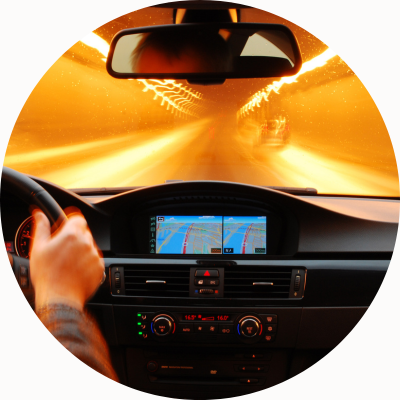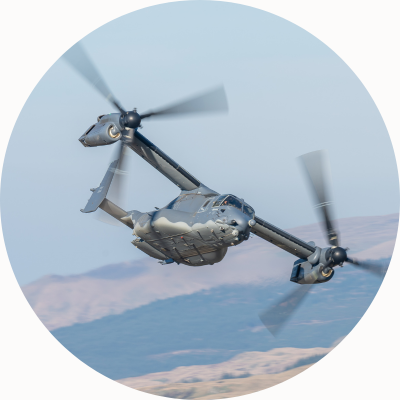Emerging technologies are elevating your ride
November 7, 2024 | By Julia Ross
|
about In Tech In Tech is our regular feature highlighting what people are talking about in the world of technology — everything from crypto and NFTs to smart cities and cybersecurity. |
Still trying to sync your Bluetooth? In-car chatbots and AI could be coming to save you.
AI features have already come to phones, computers and homes to provide people with more smarts and automation. Now tech companies are bringing more of those capabilities to cars. For instance, Qualcomm last month unveiled plans to bring its new Snapdragon Cockpit Elite and Snapdragon Ride Elite chips to power the next generation of cars.
Qualcomm envisions carmakers using its new chips to stitch together data from car sensors, real-time mapping, safety features and personal calendars and to-do lists to anticipate the needs of a driver and passengers, Motortrend reports. So if you drive past a nearby landmark, translucent text overlays could share details like hours of operation and ticket costs. Or, perhaps a passenger says, “I’m cold.” The vehicle could automatically adjust the heat. The in-car AI could even help a driver clear up that mysterious dashboard warning light.
These concepts are just the latest in a long-running trend of turning your car into a phone on wheels. Tesla for years has pushed forward in-car AI and sensor-based safety features, and Google, Apple and Amazon have all sought to integrate more personalization and digital-assistant features into cars. Last year, Mastercard partnered with Mercedes to make paying at the pump as simple and secure as pressing your fingerprint on your car’s infotainment display.
And last month, Mastercard announced a collaboration with Vodafone and Sumitomo Corporation to enable autonomous payments between machines in the freight, shipping, fleet and logistics industries — for example, allowing fleet operators’ vehicles to make authorized payments at charging or fuel stations.
As more of these technologies and AI features are brought into cars, expect the experience to be even more intuitive and the drive to include even more automated safety features.
Taking a turn away from traditional navigation
From driving to your friend’s house to tracking your late-night Uber Eats, GPS is working in the background to power all kinds of navigation needs. But what happens when GPS fails? The next generation of navigation technologies is coming to provide potentially more accurate, reliable and secure alternatives to GPS.

GPS can face signal interferences or jamming that blocks precise location services, causing users to miss a turn or struggle to find a lost package. New navigation technologies offer the promise of streamlined tracking for delivery services, optimized commutes with less traffic congestion, and subway rides that don’t lose a navigation signal.
These ideas are already coming to life, Fast Company reports. AstraNav is working hard on a new way to provides precise location data without relying on GPS, internet, Wi-Fi or cellular signals. Its patented technology uses Earth’s magnetic fields instead. But the navigation software company isn’t the only one in this race — the Imperial College of London is working on an upgrade that uses subatomic particles to provide a location, even underground or below water. And Xona Space Systems is developing a form of location tracking that’s far more precise than GPS with a network of small satellites in low Earth orbit.
These types of technologies could ensure mapping and location tracking, especially for industries like mining and urban infrastructure, could become far more useful in the coming years.
Are flying cars finally here? No, but air taxis could be

The Verge reports that the Federal Aviation Administration has published final regulations that pave the way for the future of air travel. The newly coined powered-lift vehicles are the first new category of aircraft in nearly 80 years. These aircraft are distinctive because they take off and land vertically like a helicopter, but fly using fixed wings. Perhaps the best-known version of this type of vehicle is the Osprey, which is used by the U.S. military.
Now, a handful of companies are looking to use these aircraft to offer air taxi services, with plans to go live within the next few years.
Powered lift aircraft have the potential to offer point-to-point air travel as opposed to going through airports. This could be a game changer for those people who always forget to account for traffic before a trip — or at least for those who can afford these rides.
Currently, there are no powered-lift aircrafts in commercial operations in the U.S., so the future of flying will take a few years before we can comfortably soar over traffic.